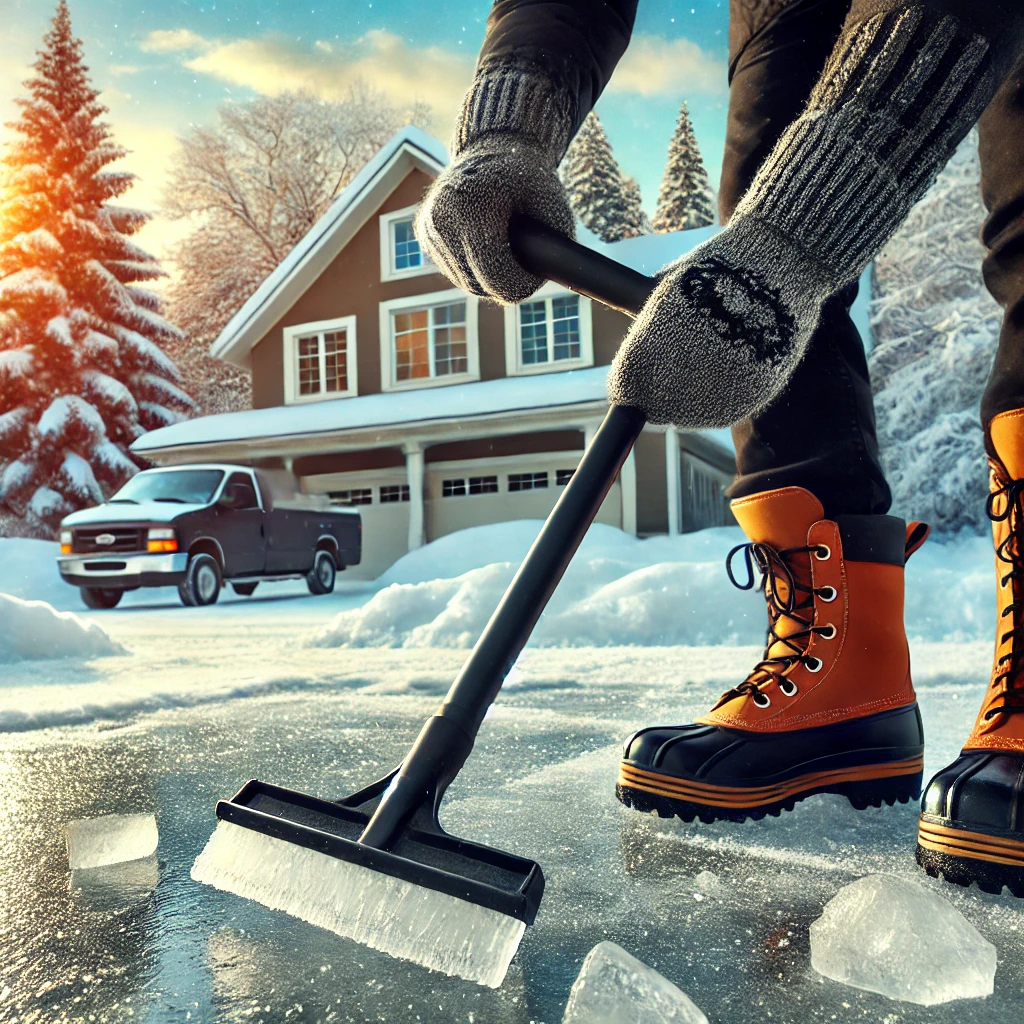How to Remove Thick Ice After Snow and Rainfall
Winter can bring beautiful snowfall, but when combined with rainfall, it often results in thick ice accumulation on driveways, sidewalks, and stairs. Removing thick ice can be challenging and even hazardous if not done properly. Here are the most effective methods to safely and efficiently remove thick ice after snow and rainfall.
1. Use De-Icing Agents
One of the quickest ways to break down thick ice is by using de-icing agents. These include:
- Rock Salt (Sodium Chloride) - A common choice that lowers the freezing point of ice, making it easier to remove.
- Calcium Chloride - Works at lower temperatures and melts ice faster than rock salt.
- Magnesium Chloride or Potassium Chloride - More environmentally friendly options that are safer for pets and plants
- Homemade De-Icer - A mixture of warm water, dish soap, and rubbing alcohol can help loosen ice quickly.
Apply the de-icer evenly over the ice and wait for it to start breaking down before proceeding with other removal methods.

2. Use an Ice Chisel or Scraper
Once the ice has been weakened by a de-icer, use an ice chisel, metal shovel, or sturdy ice scraper to break it apart. Here are some tips:
- Start by breaking ice into small chunks to make removal easier.
- Work in sections, applying moderate force to avoid damaging pavement.
- If needed, reapply de-icer and wait a few minutes before continuing.
3. Pour Hot Water Over the Ice
Another effective method is pouring hot water directly onto the ice. This works best when combined with de-icing agents and scraping:
- Boil water and carefully pour it over the thick ice.
- Immediately use a shovel or scraper to break up the melting ice.
- Avoid using hot water on concrete surfaces, as rapid temperature changes can cause cracks.
4. Spread Sand or Grit for Traction
If complete removal is not immediately possible, spreading sand, kitty litter, or gravel can provide traction on icy surfaces. This reduces the risk of slipping while you continue working on ice removal.
5. Prevent Future Ice Build-Up
Preventing thick ice accumulation can save time and effort in the future. Consider these preventive measures:
- Shovel snow immediately after a storm to prevent compacting and refreezing.
- Apply a light layer of salt or de-icer before snowfall to prevent ice from bonding to surfaces.
- Use heated mats on walkways and driveways to prevent ice formation.
Final Thoughts
Thick ice after snow and rainfall can be difficult to remove, but with the right techniques, you can clear pathways safely and efficiently. Always use caution when working on icy surfaces to prevent injuries. By using de-icers, proper tools, and preventive measures, you can keep your walkways and driveways ice-free throughout the winter season.